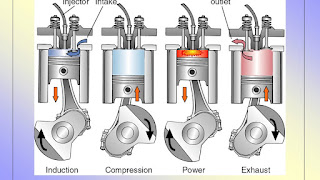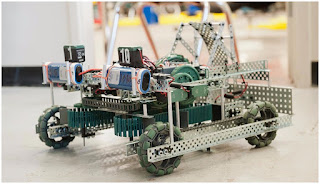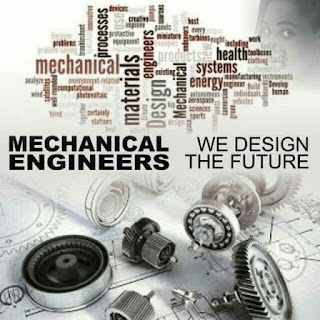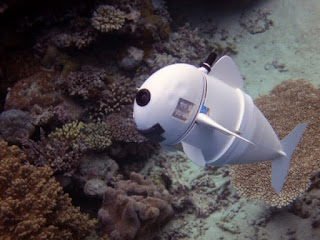TECHNIQUE TO PREVENT OVER HEATING OF ELECTRONICS DEVELOPED BY MIT ENGINEERS
A team of engineers at MIT has developed a polymer thermal conductor -- a plastic material that, however unreasonably, works as a heat conductor,instead of insulating heat,it dissipate it. The new polymers, which are lightweight and flexible, can conduct 10 times as much heat as most commercially used polymers.


"Traditional polymers are both electrically and thermally insulating. The discovery and development of electrically conductive polymers has led to novel electronic applications such as flexible displays and wearable biosensors," says Yanfei Xu, a postdoc in MIT's Department of Mechanical Engineering. "Our polymer can thermally conduct and remove heat much more efficiently. We believe polymers could be made into next-generation heat conductors for advanced thermal management applications, such as a self-cooling alternative to existing electronics casings."

The new technique could prevent overheating of laptops, mobile phones, and other electronics.
Credit: Chelsea Turner/MIT
Xu and a team of postdocs, graduate students, and faculty, have published their results today in Science Advances. The team includes Xiaoxue Wang, who contributed equally to the research with Xu, along with Jiawei Zhou, Bai Song, Elizabeth Lee, and Samuel Huberman; Zhang Jiang, physicist at Argonne National Laboratory; Karen Gleason, associate provost of MIT and the Alexander I. Michael Kasser Professor of Chemical Engineering; and Gang Chen, head of MIT's Department of Mechanical Engineering and the Carl Richard Soderberg Professor of Power Engineering.
STRETCHING SPAGHETTI
If you were to zoom in on the microstructure of an average polymer, it wouldn't be difficult to see why the material traps heat so easily. At the microscopic level, polymers are made from long chains of monomers, or molecular units, linked end to end. These chains are often tangled in a spaghetti-like ball. Heat carriers have a hard time moving through this disorderly mess and tend to get trapped within the polymeric snarls and knots.
And yet, researchers have attempted to turn these natural thermal insulators into conductors. For electronics, polymers would offer a unique combination of properties, as they are lightweight, flexible, and chemically inert. Polymers are also electrically insulating, meaning they do not conduct electricity, and can therefore be used to prevent devices such as laptops and mobile phones from short-circuiting in their users' hands.
Several groups have engineered polymer conductors in recent years, including Chen's group, which in 2010 invented a method to create "ultradrawn nanofibers" from a standard sample of polyethylene. The technique stretched the messy, disordered polymers into ultrathin, ordered chains -- much like untangling a string of holiday lights. Chen found that the resulting chains enabled heat to skip easily along and through the material, and that the polymer conducted 300 times as much heat compared with ordinary plastics.
But the insulator-turned-conductor could only dissipate heat in one direction, along the length of each polymer chain. Heat couldn't travel between polymer chains, due to weak Van der Waals forces -- a phenomenon that essentially attracts two or more molecules close to each other. Xu wondered whether a polymer material could be made to scatter heat away, in all directions.
Xu conceived of the current study as an attempt to engineer polymers with high thermal conductivity, by simultaneously engineering intramolecular and intermolecular forces -- a method that she hoped would enable efficient heat transport along and between polymer chains.
The team ultimately produced a heat-conducting polymer known as polythiophene, a type of conjugated polymer that is commonly used in many electronic devices.
source:sciencedaily









Comments
Post a Comment